

The Indian Ocean has several marginal seas, gulfs, channels, bays and straits of different sizes and topographies. One such is the Mozambique channel, an arm or a part of the Western Indian Ocean.
It separates the southeast African countries of Madagascar and Mozambique. It is also surrounded by the southern part of Tanzania, and Comoros, an island nation, lies at the channel’s northern boundary.
Per the International Hydrographic Organization, the eastern boundary lies on the western coast of Madagascar. To the south of the channel lie the Bassas da India and Europa islands.
The southern end is defined by a line connecting Cape Sainte-Marie to Ponto do Ouro. The westernmost boundary is marked by the coast of South Africa.
While this channel distinguishes Madagascar from the African mainland, it also plays an important role in shipping.
Read along to learn interesting facts about the Mozambique Channel.
The Mozambique channel was created millions of years ago when the supercontinent of Gondwana drifted and Madagascar, previously connected with Australia, Antarctica and India, was separated from the coast of Africa.
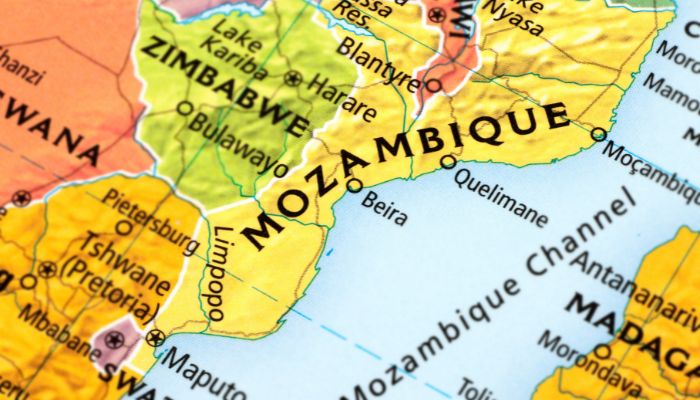

The geographical and topographical features of the Mozambique channel have remained largely unchanged in the last 140 million years. Also, volcanic and seismic activities have happened in the central and northern regions of the Mozambique channel. This has led to the creation of Davie Ridge, whose highest point is 300 m tall.
The Mozambique channel is 1600 km or 1000 miles long. It is around 400 to 950 km wide. Interestingly, the channel’s average depth has been changing all through the centuries, and now it is approximately 3292 m deep at its maximum point.
Mozambique channel is called by different names. It is called Canal du Mozambique in French and Lakandranon’i Mozambika in Malagasy. It is known as Canal de Mocambique in Portuguese
The Mozambique channel played an important role in world trade since the 11th and 12th centuries. Arab and Persian traders came to the coastal areas, bringing their faith and culture to Africa. Next were the Europeans who arrived in the late 14th century.
It was Portuguese explorer Vasco De Gama who crossed the Mozambique channel while travelling to India. Later, the Portuguese established many colonies and displaced the Arab trading communities.
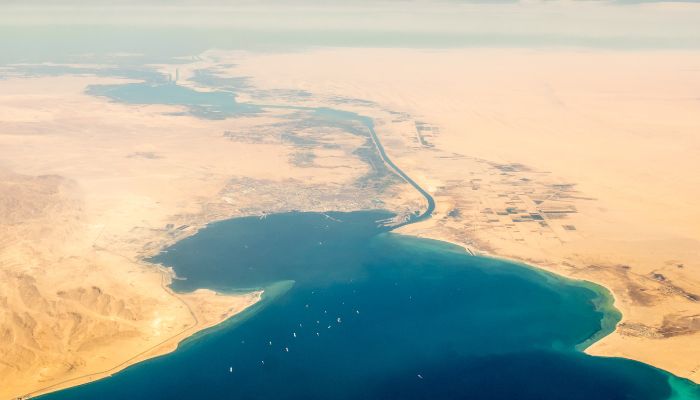

They relied on slaves from Mozambique to work in the Portuguese plantations in Brazil and other colonies in East Asia. The channel became a critical transit point for trade connecting India, the Middle East and East Asia with Europe.
However, the importance of the Mozambique channel as an important trade hub declined after the opening of the Suez Canal on 17th November 1869. The latter reduced shipping time and costs and relegated the Mozambique channel.
During the Second World War, the Battle of Madagascar was fought between the 5th of May and the 6th of November 1942 in the Mozambique Channel. It was fought by the British to get control of the Vichy French-occupied Madagascar island.
The British wanted to control the island to prevent the ports of Madagascar from being controlled by the Japanese Navy so that the important shipping routes were not lost to their enemies.
It started with Operation Ironclad and finally the seizure of the Diego- Suarez port or Antsiranana on the northern end of Madagascar. Another campaign, Operation Stream Line Jane, was started on 10th September to get control of the whole island.
Per studies, the Mozambique channel has the highest diversity of corals in the northern, western and central Indian Ocean. The channel and the east coast of Africa are the main habitats of the coelacanth which is a living fossil. Its analysis highlights the long oceanographic stability of the area.
The coral reefs in the western Indian Ocean cover 11,060 square kilometres, and around 8,897 square kilometres are dedicated to mangroves. The nations of Mozambique and Madagascar are among the 15 countries that share the largest mangroves on the earth.
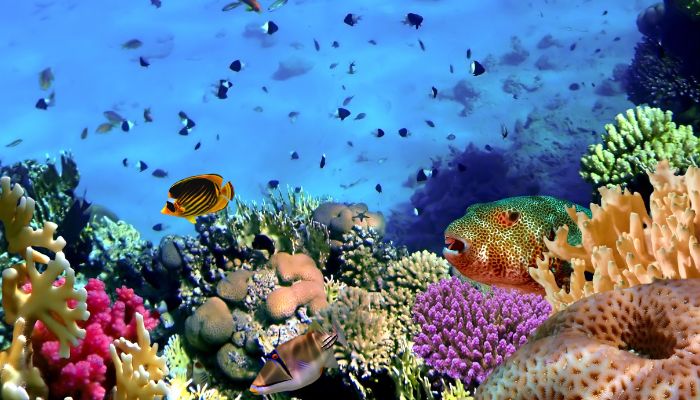

According to the researchers, around 369 different coral species have been found in the region. Some places in the Northern Mozambique Channel had 250 to 300 species, while 200 or fewer species were identified in the Gulf of Aden and near the Seychelles islands.
Studies have shown there might be about 450 species in the region, equal to the Great Barrier Reef and the Andaman, which lie on the end of the Coral Triangle. Hence, this would make the Mozambique Channel the second most diverse place in terms of coral reefs.
Sadly, many reefs are threatened due to pressures from an increasing population in coastal areas, plastic pollution, excessive fishing, natural resources exploitation, tourism and global warming.
The shimmering and nutrient-rich waters of the Mozambique channel are home to several majestic marine mammals. Particularly, the waters off the northwestern coast of Madagascar hold a highly diverse marine mammal population.
About 22 species of mammals have been documented, along with seven baleen whales, thirteen toothed whales, dugongs and several types of dolphins.
The channel has important habitats that are essential for the breeding, migration, and feeding of these species. Also, many species listed in the IUCN list of threatened species are found here.
These include the critically endangered Antarctic blue whale, the endangered pygmy blue whale and Indian Ocean humpback dolphins, sperm whales, dugongs and fin whales which are vulnerable species. Many manta rays and sharks also live in the channel.
Other special species are the Omura’s whales that live in the region throughout the year.
During a recent survey, the most encountered species were dolphins, especially the Indo-Pacific bottlenose dolphins, spinner dolphins, melon-headed whales etc.
The Mozambique Channel shares its boundaries with 5 nations which are Madagascar, Mozambique, Tanzania, Comoros and territories of France.
France has many islands in the channel, including Banc du Geyser, Bassas da India, Mayotte and Europa island. Some of these islands are disputed and claimed by Madagascar.
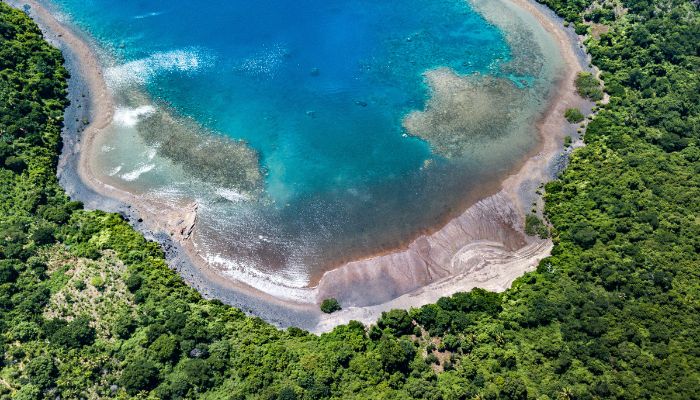

Madagascar covers 592,800 square kilometres, making it the second biggest island country in the world after Indonesia. It lies in the Indian Ocean, around 250 miles off the East African coast. It is also the biggest island nation in the Mozambique Channel.
The Comoros Archipelago has three islands which lie in the northern part of the Mozambique Channel. The largest island of the group is Grande Comore which covers 1025 square kilometres, and its capital is Moroni. It is made of 2 shield volcanoes and is inhabited by the ethnic Comorian people.
Moheli, or Mwali, is a part of Comoros and is the smallest island of the group. It lies in the Indian Ocean, and its capital is Fomboni. The island is known for its Marine Park, the Moheli Marine Park, which was established in 2001 and expanded in 2015.
Anjouan is another autonomous island of the Comoros Group, spanning 163 miles. It is known for its steep mountains and black sandy beaches. It has the highest population among all the islands and is known for Mount Ntringui National Park.
The Mozambique Channel has a strong and warm current that flows in the southern direction towards the Agulhas Current off the east coast of South Africa.
The warm water and the flow of the current leads to the formation of some of the strong cyclones in the southern hemisphere.
The channel’s anti-cyclonic eddies have up to 300 km of diameter. However, researchers are still debating why these eddies are formed. They usually occur 7 times annually in the northern part of the channel and 4 times in the southern part. Once they leave the channel they influence the Agulhas Current.
The Mozambique Channel plays an important role in the economy of Eastern and Southern Africa. This is due to the presence of natural gas reserves in the channel, first found in 2010.
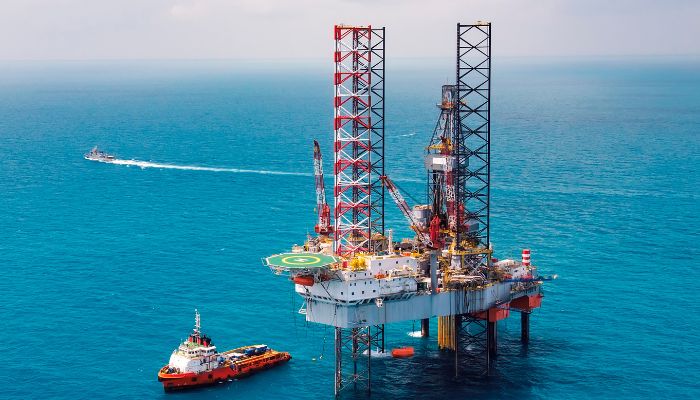

Many companies like Eni and Anadarko have conducted exploration activities in the Rovuma Basin. The coastline of the channel is separated into exploration areas, tourist places, migration points for animals and protected areas.
The northern part of the channel has rich fisheries which are exploited by countries like Madagascar, Comoros and Seychelles. Tuna and shrimp are the major seafood found in the waters.
The Mozambique Channel enjoys a strategic position and has 29 ports along its coastline. It is a crucial shipping route for Africa and connects the Indian Ocean with other countries of the world.
Additionally, the channel receives water from all the main rivers of Madagascar.
Most of the ports on the channel have a rich history. They were established in the 11th-12th centuries by Omani Arab and Persian merchants and traders. They grew as port towns and later resupply points for ships during the era of colonialism.
Most countries export perishables like cassava, bananas, fruits, coal briquettes, aluminium, petroleum gas, petroleum products etc., from the ports of the Mozambique channel.
Some major ports include Mahajunga, Toliary, Maputo, Mocambique and Beira.
You might also like to read-
Disclaimer: The authors’ views expressed in this article do not necessarily reflect the views of The Marine Learners. Data and charts, if used, in the article have been sourced from available information and have not been authenticated by any statutory authority. The author and The Marine Learners do not claim it to be accurate nor accept any responsibility for the same. The views constitute only the opinions and do not constitute any guidelines or recommendations on any course of action to be followed by the reader.
The article or images cannot be reproduced, copied, shared, or used in any form without the permission of the author and The Marine Learners.










We believe that knowledge is power, and we’re committed to empowering our readers with the information and resources they need to succeed in the merchant navy industry.
Whether you’re looking for advice on career planning, news and analysis, or just want to connect with other aspiring merchant navy applicants, The Marine Learners is the place to be.